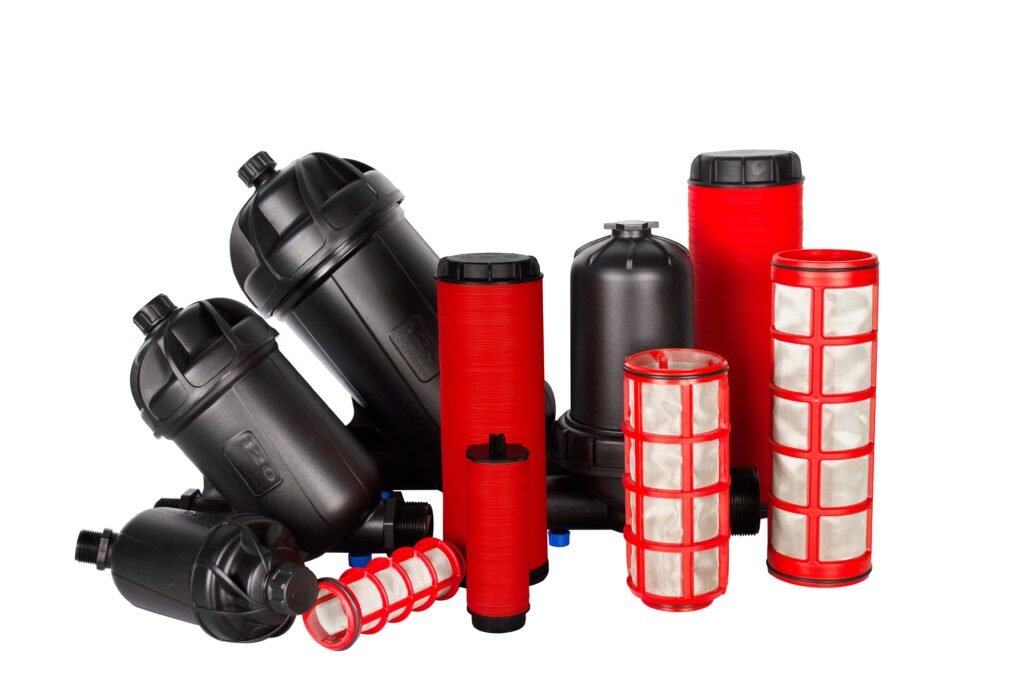Disc filters and screen filters are both commonly used in various applications to remove particulate matter from fluids. The main differences between the two types of filters are the way they operate, their filtering mechanism, and their application.
Disc filters, as the name suggests, consist of a series of stacked circular discs with small grooves or channels on their surfaces. The grooves are designed to trap and retain particulate matter as the fluid flows through the filter. Disc filters are commonly used in applications where a high level of filtration is required, such as in wastewater treatment plants, pulp and paper mills, and mining operations.
On the other hand, screen filters use a mesh or screen to trap and retain particulate matter. The mesh or screen is typically made of metal or plastic and is available in different mesh sizes to suit different filtration requirements. Screen filters are commonly used in applications where the particulate matter is relatively large and the filtration requirements are not as stringent as those of disc filters. Examples of applications where screen filters are used include agricultural irrigation systems and industrial water treatment.
In summary, the main differences between disc filters and screen filters are their operation, filtering mechanism, and application. Disc filters use circular discs with grooves to trap and retain particulate matter, whereas screen filters use a mesh or screen to trap and retain particulate matter. Disc filters are typically used in applications where a high level of filtration is required, while screen filters are used in applications where the particulate matter is relatively large and the filtration requirements are less stringent.


